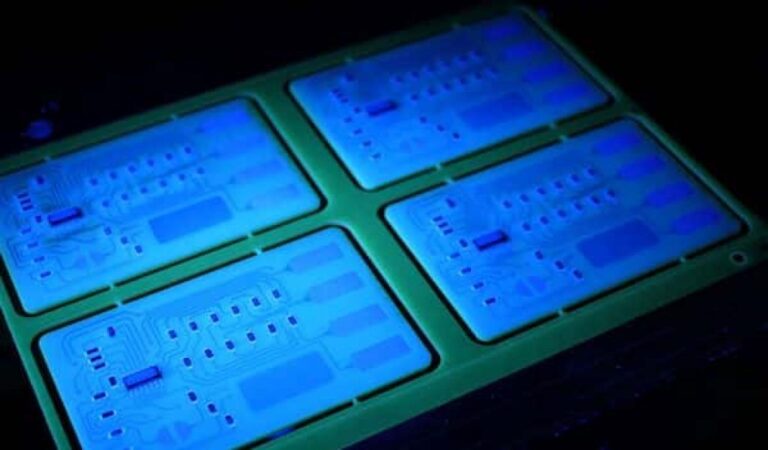Increasing Reliability and Performance in Semiconductor Packaging
Die attach materials are critical components in semiconductor packaging, serving as the interface between the semiconductor die and the package substrate. These materials play a crucial role in ensuring the reliability, thermal performance, and electrical connectivity of the packaged semiconductor device. This article explores the importance of die attach materials in semiconductor packaging and highlights some key considerations in their selection and application.
Importance of Die Attach Materials
Die attach materials serve several important functions in semiconductor packaging:
- Mechanical Bonding: Die attach materials provide a strong mechanical bond between the semiconductor die and the package substrate, ensuring that the die remains securely attached during operation and handling.
- Thermal Conductivity: Die attach materials help to dissipate heat generated by the semiconductor die, ensuring that the device operates within safe temperature limits and maintaining its performance and reliability.
- Electrical Connectivity: Die attach materials provide electrical connectivity between the semiconductor die and the package substrate, enabling the transfer of electrical signals between the die and external components.
Key Considerations in Material Selection
Several factors should be considered when selecting die attach materials:
- Thermal Conductivity: The material should have high thermal conductivity to efficiently dissipate heat generated by the semiconductor die.
- Coefficient of Thermal Expansion (CTE): The material’s CTE should be matched closely to that of the semiconductor die and package substrate to minimize thermal stress during temperature cycling.
- Adhesion: The material should have good adhesion to both the semiconductor die and the package substrate to ensure a strong bond.
- Electrical Conductivity: For some applications, the material may need to provide electrical conductivity to enable electrical connections.
- Reliability: The material should be reliable over the lifetime of the device, withstanding temperature cycling, mechanical stress, and environmental conditions.
Types of Die Attach Materials
Few types of materials are commonly used as die attach materials:
- Non- conductive Adhesives: Epoxy resins are widely used due to their high adhesion strength, thermal conductivity, and reliability. They are available in a range of formulations to meet specific requirements.
- Conductive Adhesives: Conductive adhesives or silver epoxy are commonly used when electrical conductivity is required. They provide a strong bond and good thermal conductivity while allowing for electrical connections.
Application in Semiconductor Packaging
Die attach materials are applied in a controlled manner to ensure uniform coverage and thickness. The semiconductor die is placed onto the package substrate, and the die attach material is then dispensed between the die and substrate. The assembly is then heated to cure the material and form a strong bond.
Conclusion
Die attach materials are essential for ensuring the reliability, thermal performance, and electrical connectivity of semiconductor devices. By selecting the right die attach material and applying it correctly, semiconductor manufacturers can ensure that their devices meet the stringent performance and reliability requirements of modern electronics. As semiconductor technology continues to advance, the development of new and innovative die attach materials will play a crucial role in enabling the next generation of high-performance semiconductor devices.
Please contact GlueRu to provide solutions to your challenges!






